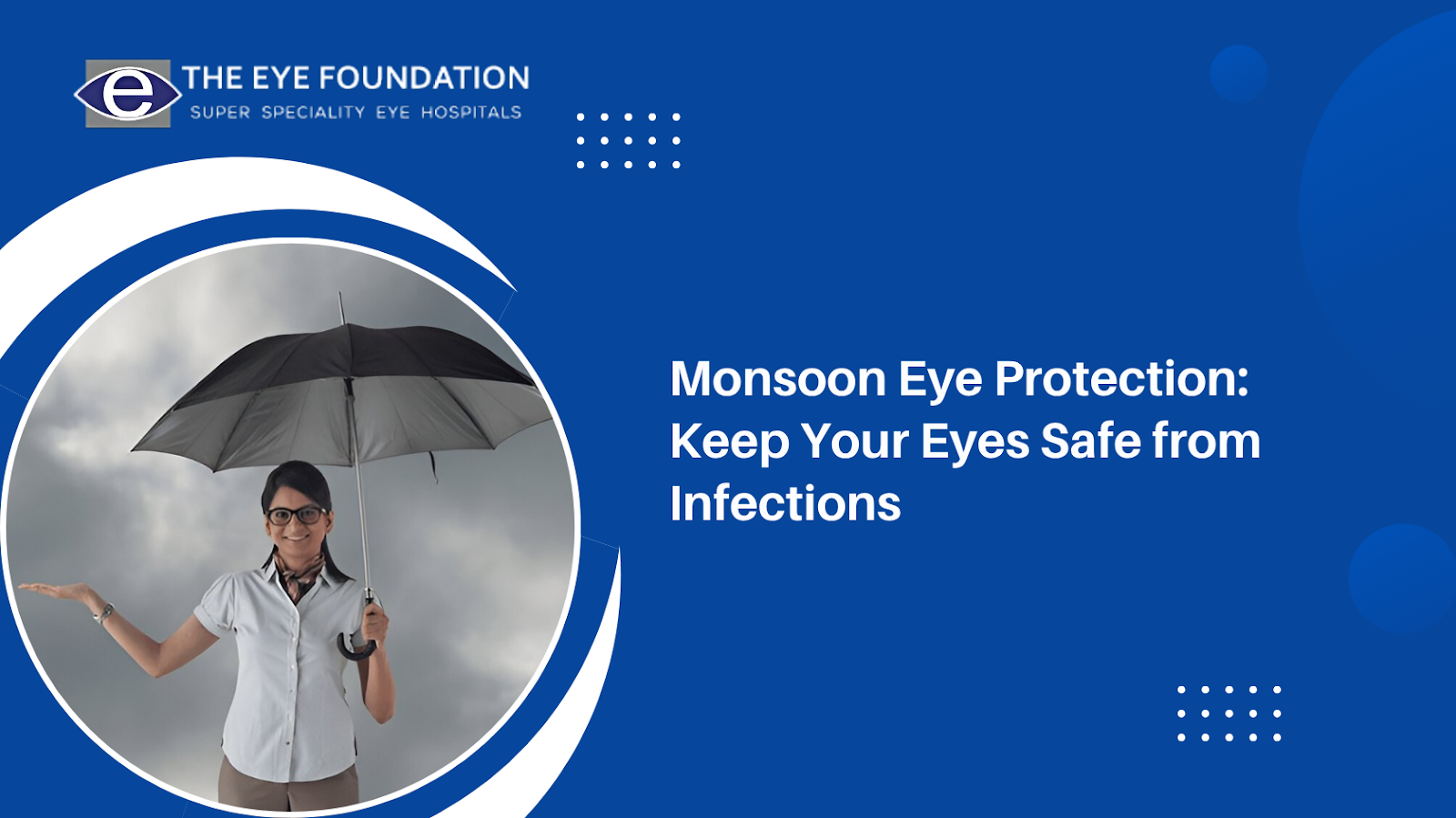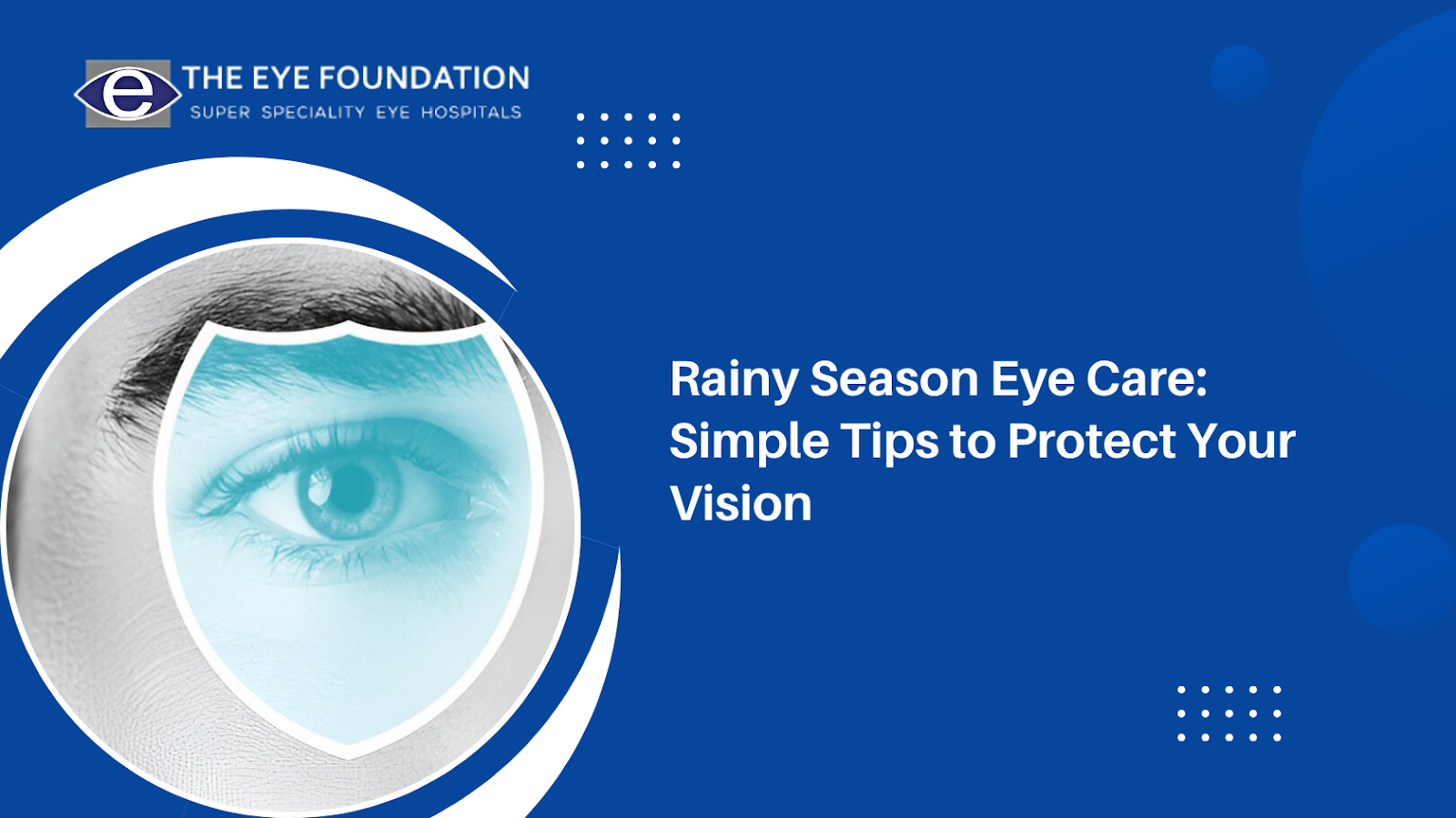As the world becomes more and more technology dependent, this has led to the problem of eye strain being a prevalent problem among millions of people. Computer vision syndrome, digital eye strain, or computer fatigue is a result of staring at screens, reading in low light or using intense lighting. While most pay attention to the screen adjustments and the adjustments of the chair, the lighting environment also has a big impact on the health of the eyes. In this article, you will learn how ambient lighting impacts eye strain, how to enhance the lighting, and why it is important for eyesight comfort.
Understanding Eye Strain and Its Causes
Computer vision syndrome or digital eye strain is discomfort that occurs after looking at screens for a long time or at improper lighting. Key symptoms include:
- Headaches
- Dry or watery eyes
- Blurred vision
- Sensitivity to light
- Neck and shoulder pain
Such symptoms include; The above symptoms are usually caused by issues such as inadequate lighting, high brightness, and glare. Since people spend many hours inside rooms and in front of devices, controlling light sources has become crucial for avoiding eye discomfort and achieving a comfortable visual environment.
The Importance of Ambient Lighting in Eye Comfort
Background lighting is the main and even lighting in a room that does not produce glare and shadows on the working surface. While task lighting is localized and bright, ambient lighting provide a general and low level of lighting in the room. Proper ambient lighting can help minimize eye strain in several ways:
- Reduces Contrast: Screen brightness and the surrounding room should not be extremely different as this puts pressure on the eyes. This contrast is minimised by balanced ambient lighting, allowing one to work on screens without getting fatigued easily.
- Minimizes Glare: Blinking due to bright light from natural or artificial light makes the eyes to strain. Ambient lighting means that no point source of light is too bright and no glare is produced that would cause eye strain.
- Promotes Natural Eye Adjustments: The ambient lighting allows the natural movements of the eyes and focus that do not require constant focusing on the screen and then on the surrounding darkness.
For expert advice and personalized solutions to eye strain issues, consider consulting an Eye Hospital in Kochi for guidance on maintaining eye comfort through optimal lighting and eye care practices.
Types of Ambient Lighting and Their Impact on Eye Strain - Inner Image
Natural Lighting
Best for Daylight Hours: Lighting from the sun has a lot of advantages to the health of the eyes and to the rest of the body. Ideally, the location should be near a window, but not directly under sunlight, this way the room is well lit but not too bright.
Avoid Direct Sunlight: Any direct light on the screens or on the direct field of vision leads to glare which aggravates the eye stress. It is advisable to use blinds or curtains to reduce the intensity of the light so as to achieve a good level of lighting.
Soft LED Lighting
Energy-Efficient Choice: LED lighting has become fashionable because of the energy it saves and its long lifespan. Select LED bulbs with a low color temperature (between 2700K-3000K) because warm light is closer to sunlight.
Avoid Blue Light: It is also good to know that light emitted from screens and some lamps causes eye strain. Warm LEDs cut down the effect of blue light and make it easier for the eyes in a warm light setting.
Dimmable Lights
Flexible Brightness Levels: Sleek lights are those that can be controlled by turning the brightness depending on the time of the day or the type of activity. Low light bulbs are perfect for use in the evening because they will not strain your eyes before you go to bed.
Enhances Visual Comfort: While using the screen, adjusting the lighting to normal levels is important since it minimizes the contrast between the screen and the environment and therefore reduces eye fatigue.
Tips for Setting Up Ambient Lighting to Reduce Eye Strain
To optimize ambient lighting for visual comfort, consider these practical tips:
- Position Light Sources Wisely: Position lights in a manner that they do not cast direct glare on your screens. Any form of lighting that is not directly placed on the table, for instance, floor lamps or wall mounted lights assists in the distribution of light in the room.
- Use Light-Colored Walls and Surfaces: As with light and dark clothing, lighter colors of paint and other surfaces will reflect light more effectively than a darker shade, which will cause the light to spread out in the room and thus decreasing the amount of strain on the eyes.
- Balance Light Levels: Try to have a proper combination of the natural and artificial lighting system. During the day, replace natural light with low artificial light if needed. At night, do not read under a light bulb while holding a white paper in your hands, which will cause your eyes to strain – use a desk lamp.
- Try Bias Lighting for Screens: Bias lighting is a backlight that is used behind screens in order to minimize the contrast between the brightness of the screen and the room. This setup can help reduce eye strain particularly when one is working for long hours using the screen.
- Adjust Screen Brightness: Adhere to screen brightness to the level of the surrounding environment. Late-night TV watching, for instance, constantly changes the pupil size because of bright screens in dark rooms, creating pressure. Adjusting screen brightness to be slightly less than the room lighting is advisable, for instance, at 80%.
Benefits of Optimizing Ambient Lighting for Eye Health
Investing in the right ambient lighting setup can significantly improve eye comfort and long-term eye health. Here’s how:
- Increased Productivity: Natural lighting conditions do not cause eye discomfort, which is an important source of distraction, and therefore, employees can concentrate more on their work.
- Reduced Risk of Vision Problems: Long hours of eye strain can cause myopia or any eye problem in future. Eye strain and these risks are minimized by proper lighting.
- Improved Sleep Quality: Applying warm ambient lighting at night will give a signal to the body that it is high time to relax and get some rest; thus, it will contribute to better quality of sleep and eyes’ health in future.
Conclusion
Lighting is a feature that is always present in any room, but its effect on eyes is underappreciated. In this way, the formation of a balanced lighting environment makes it possible to minimize the impact on the eyes and ensure the comfort of the subjects during their daily activities. Good ambient lighting not only benefits the eyes but is also beneficial to health, work performance and quality of life.
If you are having a persisting issue with eye strain, contact the professionals at The Eye Foundation for advice. They can help you to design an environment that is free from the eye strain depending on your requirements. In an effort to improve the health of your eyes, you can make an appointment with us today. Visit The Eye Foundation today and schedule the appointment today!






